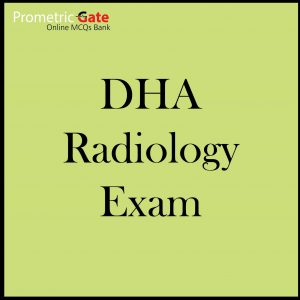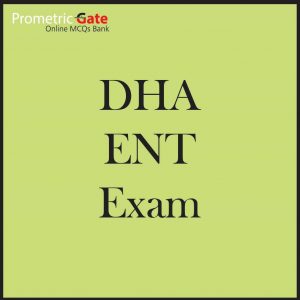DHA Pediatric specialist Exam Materials 2025
Online course materials for 3 months , 6000 new MCQs
Updated 2025
NOTES !!!
– Do not miss ! weekly updated questions,
– All questions are corrected by specialist doctor
– All questions are repeated ! with 80-89 % repeated questions.
– No need to study other sources !
– Enough to pass easily.





Habeeb Ali –
No materials like yours
Thanks
Mai yasin –
Many thanks
Glad to deal with you
د.نهى حسين –
شكرا لكم لمساعدتي في النجاح .. مش عارفة كيف اشكركم
Abdul Hamid ali –
You are no. 1 site in providing real MCQs
Ali Ali –
Nice source
Hamad ahmed –
🌷